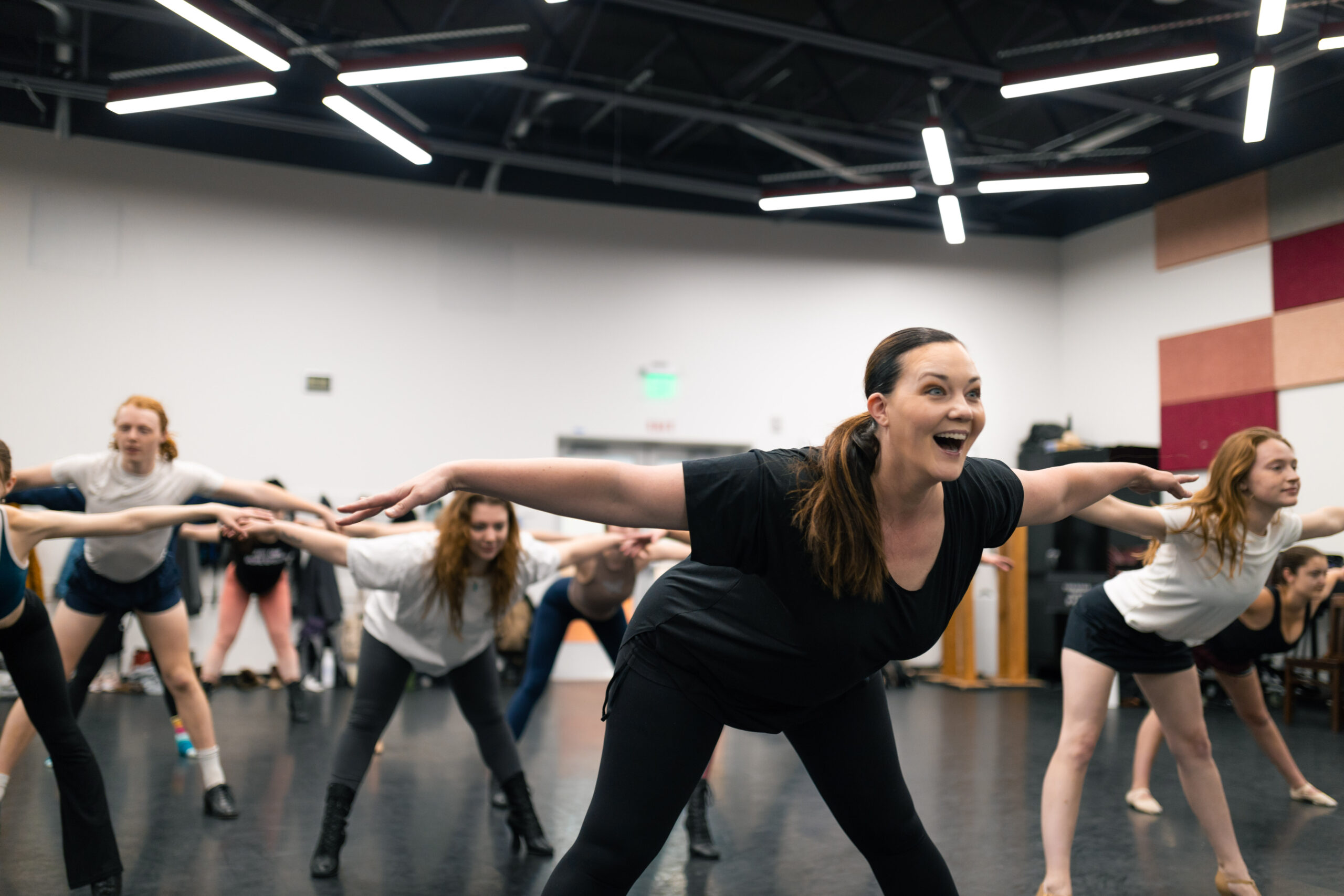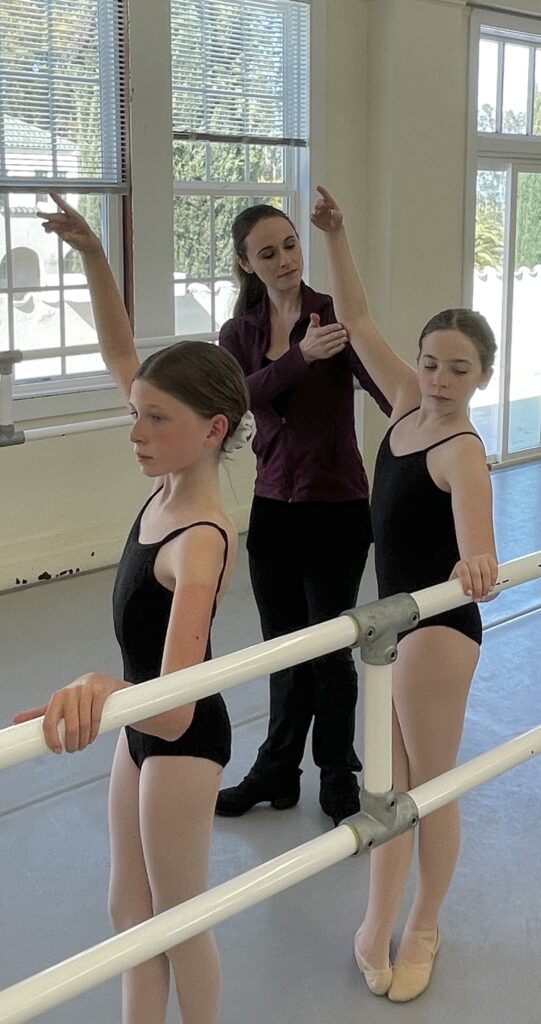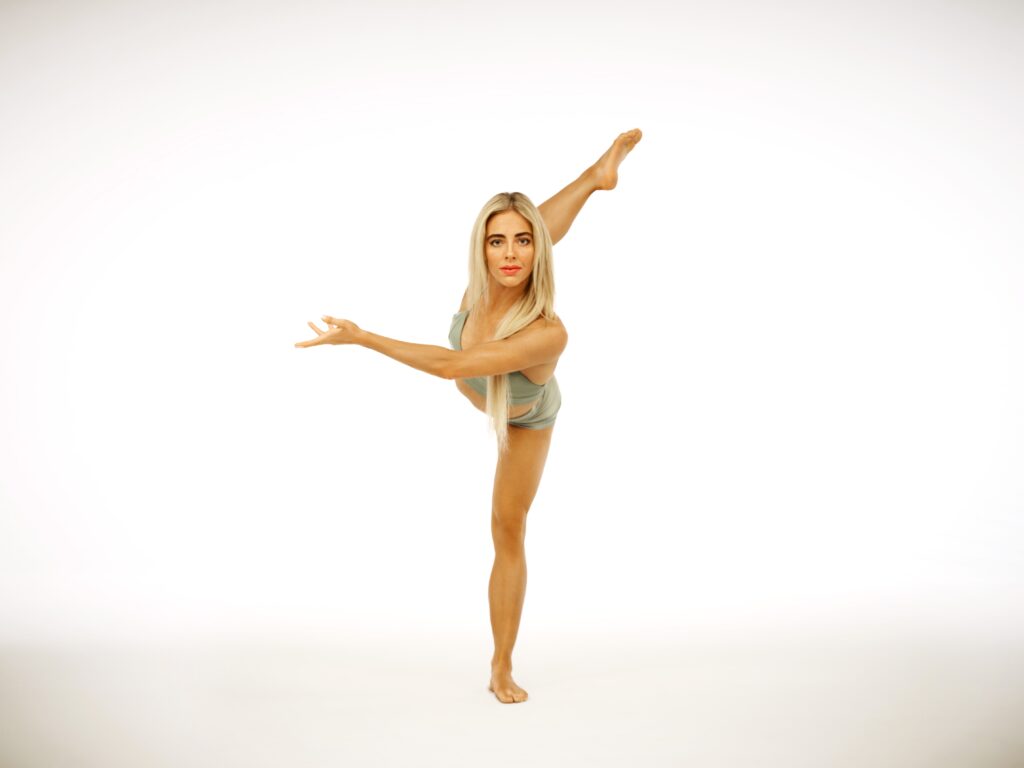
For students, stepping into an elective class at a summer intensive can bring about many different feelings. Some might feel excited at the possibility of exploring a style not offered at their home studio. Others might feel apprehensive at the prospect of stretching the boundaries of their comfort zone.
As an educator, you’re in the position to help guide students through some of these ups and downs, creating a classroom environment where dancers feel able to learn and explore while also having fun and connecting with a new dance style.


Acknowledge Inhibitions
According to Julia Adams, young-dancer coordinator at Marin Dance Theatre in San Rafael, California, it’s helpful to acknowledge and work with the trepidation students might be feeling.
“Inhibitions are such a natural part of the human personality,” says Adams, who teaches a slate of electives like modern and musical theater to MDT’s young students, and will be setting contemporary rep on MDT’s advanced dancers at this year’s summer intensive. “Teach them to accept their inhibitions within a new style of movement and find security in the areas that they know.”
Designing exercises in which students can dance in large groups, as opposed to solo or in pairs, can be also helpful in this regard, says Christine Moore, who teaches a variety of classes ranging from Broadway to pointe at the University of Utah’s Utah Ballet Summer Intensive, based in Salt Lake City. She believes that putting dancers in groups of at least three when traveling across the floor and at least six when presenting combinations in the center helps students feel less self-conscious.
“I think if you create that classroom environment where everybody feels welcome and okay to try things out, then that’s when you get a better result,” she says.
Tailor to the Students
Zoey Anderson, who dances with Parsons Dance and teaches at conventions, studios, and public and private schools, adjusts each class to the population of students she’ll be working with, even if that means making changes on the fly.
“I go in prepared with my class, but also allow room for the class to change and adapt to what the students need at that time,” she says, adding that, if students appear to be struggling, she might consider using a slower song, removing a step in a combination, or taking things at a slower tempo.
It may also be helpful to make connections between the new style you’re teaching and the dance form with which the class is most familiar, Moore suggests, saying, “I just always tell them that it’s the same steps, it’s the same thing—all you’re doing is putting a different flavor to it.”
Go Beyond Technique
In addition to giving students a taste of technique and choreography, spending some time talking about the history, lineage, and key figures of the dance style can help emphasize the relevance of the class. Says Adams: “We don’t want them to see this as a throwaway class.” She adds that sharing a video of a company that specializes in the specific style you’re teaching can be a good way to engage students more deeply.
Nile H. Russell, the director of education at American Dance Festival, encourages educators to also incorporate an element of injury prevention when teaching a new style. “They may not be able to go into the ground as smoothly as possible, or maybe going up to pointe is very new for them,” he says.

Highlight the Benefits
In an industry that highly values versatility, students have a lot to gain professionally by broadening their dance horizons. Emphasizing the benefits of a diverse dance background can help dancers understand the value of elective courses—and potentially even open them up to discovering new dance passions.
“I think that building the versatility of our students empowers them with a breadth of information so that they can bring something unique to their own training,” Adams says.
Anderson adds that the skills a dancer learns in an elective class can really enhance their approach to their training, even when they return to their preferred style. “Overall, each style can totally add and play into another style,” she says. “Whether it’s playing with music, playing with risks, playing with dynamic qualities, I think you can learn a lot from each style.”

Decide What Kind of Atmosphere You Want to Cultivate
Both Russell and Anderson place emphasis on their own demeanor in class, especially when students might be feeling nervous or unsure about trying something new. Russell likes to focus his classes around community, acceptance, and personal voice, so he makes sure to bring these values into his teaching style.
“I like to teach something that allows people to step further into themselves and come out of the classroom and out of the studio with more tools to feel confident in their bodies, to trust their instincts, their intuition, and their decisions a little more when they leave the studio,” he explains.
For Anderson, bringing her own enthusiasm into the room helps students get excited too. “I’ve always found that it starts inside of us—it starts with who you are as a teacher, a dancer, and a performer,” she explains. “You have that training and you have that love, you should be able to really just dump that on the students, be able to pour out that excitement for the style, that knowledge and that love.”





